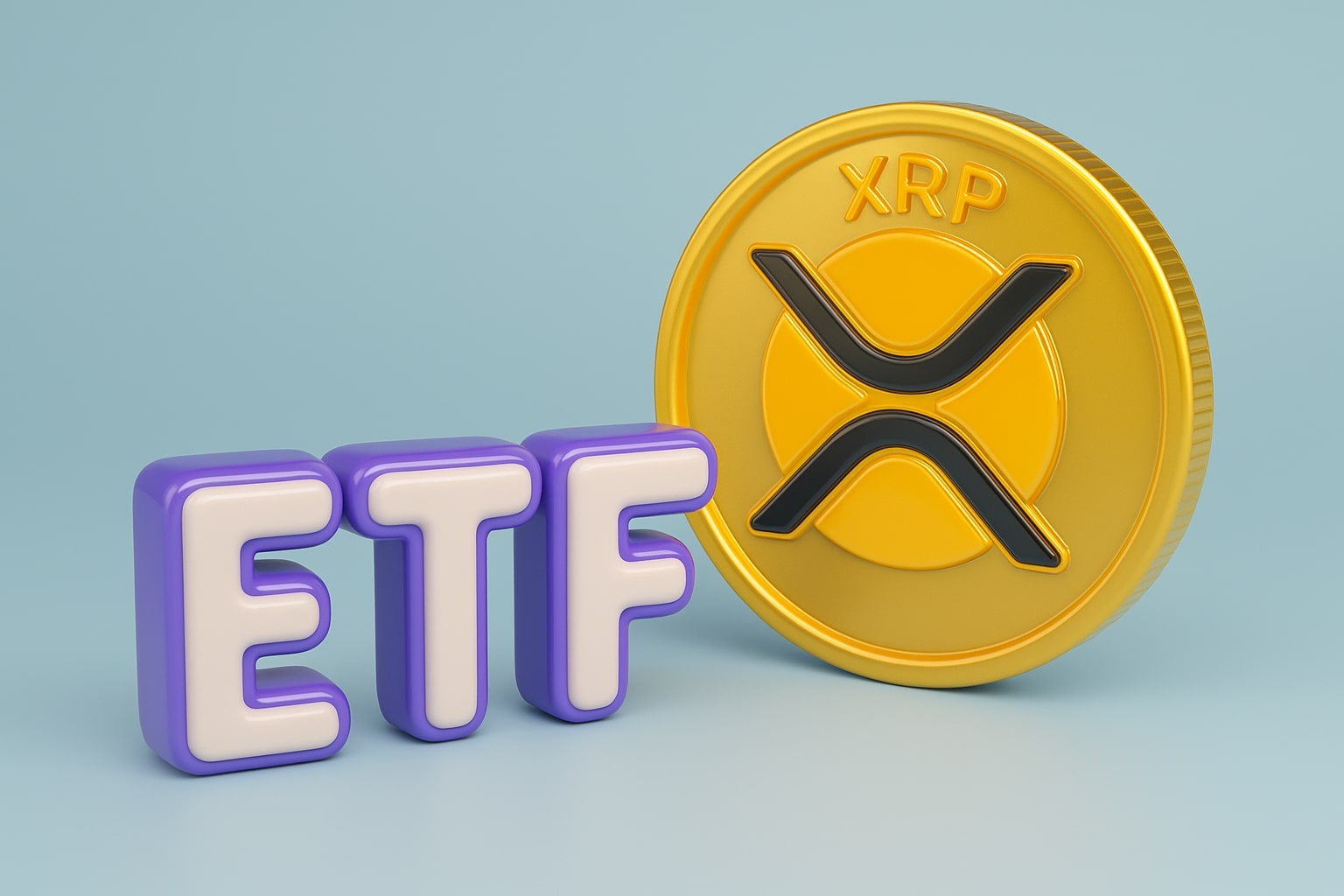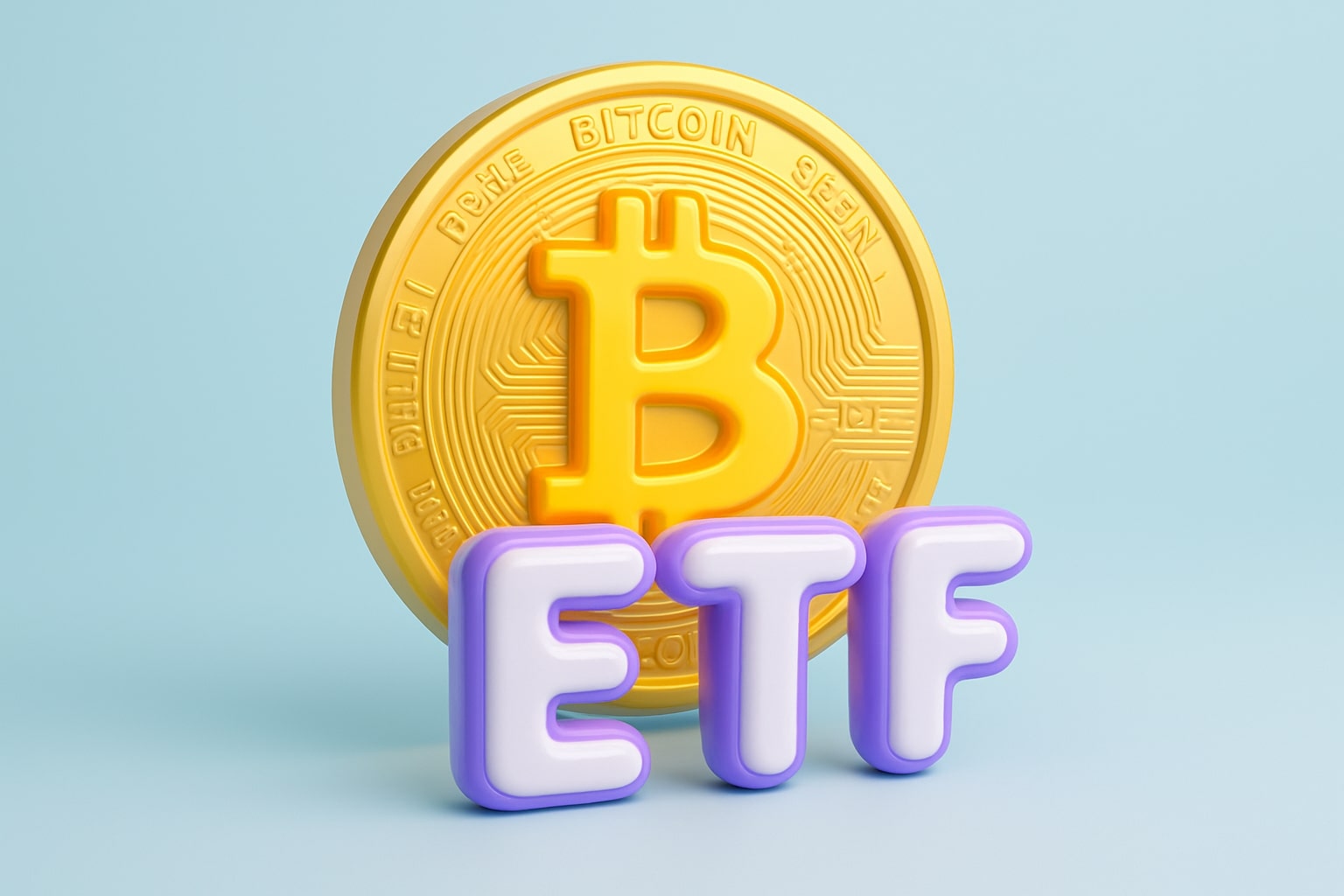
Gold Price Forecast - XAU/USD Steadies Near $3,998 as China and Fed Policies Ignite Bullish Momentum
XAU/USD consolidates 8.6% below record $4,381 with support at $3,878 and breakout targets $4,192 amid global policy turmoil and safe-haven inflows | That's TradingNEWS
Gold (XAU/USD) Holds Near $3,998 as Policy Shifts and Fed Uncertainty Define Market Mood
Gold hovered near $3,998 per ounce, steadying after a volatile week marked by China’s new tax oversight, U.S. silver-tariff discussions, and mounting pressure on the Federal Reserve to clarify its policy stance amid a historic government shutdown. The metal has moved within its tightest range since September, fluctuating only about $100 high-to-low, and sits roughly 8.6% below October’s record high of $4,381 per ounce. This consolidation reflects a tug-of-war between safe-haven demand and a firmer dollar that continues to test investors’ conviction.
China’s Gold VAT Crackdown and Real-Time Market Surveillance
Beijing’s newly announced value-added tax reform marked one of the most aggressive structural changes to China’s bullion market in over a decade. The new rule requires banks and gold retailers to link their systems directly to the national tax network, giving authorities real-time visibility over all bullion transactions. The Shanghai Gold Exchange closed the week near ¥919 per gram, unchanged from the prior week, suggesting stability despite tighter regulation. Analysts inside China note that the move formally separates gold’s dual role as a financial asset and consumer product, improving transparency while likely raising costs for jewelry manufacturers and retail buyers. The World Gold Council anticipates this change will temper short-term jewelry sales but strengthen long-term investment flows as households treat gold more like a financial asset.
U.S. Strategic Response: Silver Declared “Critical Mineral” Amid Tariff Threats
Across the Pacific, the U.S. Geological Survey added silver to its 2025 “critical minerals” list, setting the stage for potential Section 232 import tariffs under national-security provisions. The move aligns silver with copper and metallurgical coal in Washington’s campaign to secure domestic supply chains. Traders fear that if tariffs materialize, they could distort global bullion trade by redirecting silver flows away from U.S. refiners. Yet, despite the political noise, silver (XAG/USD) held near $48.25 per ounce, about 10.8% below last month’s record peak above $54, while gold (XAU/USD) maintained composure around $3,995.
Tight Trading Range Reflects Market Equilibrium
The narrowing volatility band highlights a temporary equilibrium between bulls and bears. On one side, risk-averse investors continue allocating to gold as the shutdown delays key data releases; on the other, a resilient U.S. dollar and mildly higher Treasury yields cap momentum. The 10-year yield rose slightly to 4.089%, while the Dollar Index (DXY) edged up to 99.81, trimming some speculative positions in the metal. Still, total daily gold volume averaged $67.2 billion, showing strong institutional participation even in a sideways tape.
Fed Policy Standoff and Rate-Cut Probability Reset
The macro driver remains the Federal Reserve’s rate-cut trajectory. According to the CME FedWatch Tool, the probability of a December rate cut now stands at 67%, down from 90% earlier in the month, after the Challenger report revealed 153,074 job cuts in October—triple September’s total and the worst October reading since 2003. With official employment data frozen by the shutdown, private reports have become the only guidepost for policymakers. The uncertainty around inflation and labor conditions amplifies gold’s appeal as a non-yielding hedge against both monetary missteps and macro stagnation.
Technical Outlook: Key Support and Resistance for XAU/USD
Spot gold (XAU/USD) trades comfortably above its 50-day moving average of $3,878.37, preserving a short-term bullish bias. Primary support sits at $3,928.68 and $3,886.46, while the broader floor remains the $3,846.50 pivot. A breakout above $4,046.60 would open the door to the next resistance band at $4,133.95–$4,192.36, an area of dense option open interest and prior selling pressure. Conversely, a decisive close below $3,846 would negate the uptrend and trigger momentum-based liquidation toward $3,750.
Safe-Haven Demand Anchored by Shutdown and Stagflation Risk
The prolonged U.S. government shutdown, now the longest in modern history, has paralyzed federal data collection, leaving traders without official benchmarks. This “information blackout” reinforces gold’s role as a crisis proxy, especially with market chatter of stagflation returning to the fore. Inflation remains sticky even as output slows, and with the Fed’s real policy rate near neutral, the metal benefits from diminishing real yields. Chicago Fed President Austan Goolsbee remarked that the lack of data “accentuates the need to move cautiously,” effectively signaling a pause. Investors have translated that caution into renewed allocation toward tangible assets.
Mining and Production Snapshot: Margin Resilience Across the Sector
Gold’s stability near $4,000 per ounce continues to deliver record cash flow for producers. Perseus Mining Ltd. reported $837 million in cash and bullion with zero debt as of September 2025, ensuring flexibility to hedge at favorable levels. The company’s management maintains downside protection via put options, securing margins even if prices dip toward $3,000.
Integra Resources Corp., operating the Florida Canyon heap-leach mine, guides 70,000–75,000 ounces for 2025 and channels proceeds to its DeLamar Project, now entering feasibility. Its long-term plan values production at a conservative $2,175/oz assumption, rendering the current market near $4,000 almost double its base case.
Cabral Gold Ltd. advances construction in Brazil’s Cuiú Cuiú District, targeting 25,000 ounces annually at an AISC of $1,210/oz. At today’s prices, that translates to nearly $3,000 profit per ounce or $70 million annual free cash flow on just $37.7 million in initial capex—a margin profile unmatched in the junior space.
Meanwhile, U.S. Gold Corp. progresses its CK Gold Project, fully permitted and designed for a gold-to-copper revenue split of roughly 80/20. Its February 2025 PFS estimated AISC at $937/oz, positioning it as one of North America’s most efficient upcoming mines.
Currency Dynamics and Cost Curves
A stronger dollar pressures global miners that report in local currencies but can also generate offsetting benefits. Serabi Gold and Cabral Gold in Brazil benefit from a weaker real, which boosts local-currency revenue while tempering input inflation. Serabi expects 44,000–47,000 ounces in 2025 with steady margins, citing favorable FX trends. Chief Executive Mike Hodgson** noted that “the combination of high gold prices and real-to-dollar dynamics has created an economic tailwind for Brazilian operations."
Read More
-
PFFA ETF Nears $21.50 as Rate Cuts and 9.49% Yield Spark Renewed Demand
29.11.2025 · TradingNEWS ArchiveStocks
-
XRPI and XRPR ETFs Ignite Ripple’s Institutional Rally as Inflows Near $1B and XRP Holds $2.20
29.11.2025 · TradingNEWS ArchiveCrypto
-
Natural Gas Price Forecast - NG=F Blasts to $4.85 as Demand Surge Fuel Multi-Month Breakout
29.11.2025 · TradingNEWS ArchiveCommodities
-
USD/JPY Price Forecast - Yen to Dollar Slides to 156.10 as Yen Strengthens on Fed Cut Expectations
29.11.2025 · TradingNEWS ArchiveForex
Emerging Producers and Operational Leverage
North American newcomers are leveraging existing infrastructure to scale efficiently. i-80 Gold Corp. in Nevada, now transitioning from developer to mid-tier producer, recorded 8,400 ounces sold in Q2 2025 at an average realized price of $3,301, generating $28 million in revenue. As it refurbishes the Lone Tree Autoclave, expected online by 2028, recovery rates could rise from 55–60% to 92%, nearly doubling operating leverage. In Ontario, West Red Lake Gold Mines successfully restarted the Madsen Mine, producing 12,800 ounces in Q1-Q3 2025 with ambitions to exceed 100,000 ounces by 2029.
Macro-Mining Synergy: U.S. Strategic Mineral Policy
The March 2025 Executive Order on mineral independence has accelerated permitting in the U.S., reducing project timelines for Nevada-based developers. This domestic push may offset global trade disruptions caused by China’s tax reform or potential silver tariffs. The synergy between policy and commodity demand underpins a long-term bullish structure for gold: while tariffs might distort short-term pricing, they indirectly validate bullion’s strategic value as a secure asset class.
Comparative Market Context: Other Precious Metals
Broader precious metals mirrored gold’s consolidation. Platinum (XPT/USD) fell 2% to $1,557/oz, palladium (XPD/USD) slid 4.6% below $1,400/oz, and silver (XAG/USD) stabilized near $48.25/oz. Liquidity shortages in London’s white-metal markets have widened spreads, but the relative strength of gold underscores its dominance as the default store of value.
Technical Momentum and Market Positioning
On the chart, momentum indicators suggest accumulation near current levels. The Relative Strength Index holds near 54, neutral but tilting positive, while stochastic oscillators remain above oversold territory. Open interest in COMEX gold futures has risen 5% week-on-week, implying fresh long exposure rather than liquidation. Options skews show growing demand for upside strikes around $4,100–$4,200, indicating traders still expect an eventual breakout once the Fed path clarifies.
Investor Sentiment: Correction or Calibration?
Institutional flows show rotation rather than exit. Gold ETFs saw modest inflows this week after two consecutive weeks of redemptions, hinting that large investors view the sub-$4,000 region as an attractive accumulation zone. With the Dollar Index capped below 100 and real yields near 1.7%, the opportunity cost of holding gold remains historically moderate. The key narrative has shifted from inflation hedge to policy-risk hedge—gold now functions as insurance against data opacity, fiscal uncertainty, and political intervention.
Final Outlook: Tactical Consolidation, Structural Bull Market
The structure of XAU/USD remains robust. Prices above $3,878 preserve the bullish bias, and safe-haven flows continue amid policy paralysis. With supply from key mining regions steady, and demand from central banks and ETFs stabilizing, the market appears positioned for another upward leg once macro clarity returns.
Verdict: BUY / BULLISH — The data justifies a Buy stance on Gold (XAU/USD). The confluence of tightening U.S. labor conditions, rate-cut repricing, and structural geopolitical risk reinforces the case for holding and expanding gold exposure. Short-term consolidation between $3,920–$4,050 is likely, but a confirmed breakout above $4,046.60 targets $4,192–$4,250, while downside risk remains cushioned above $3,846.



















